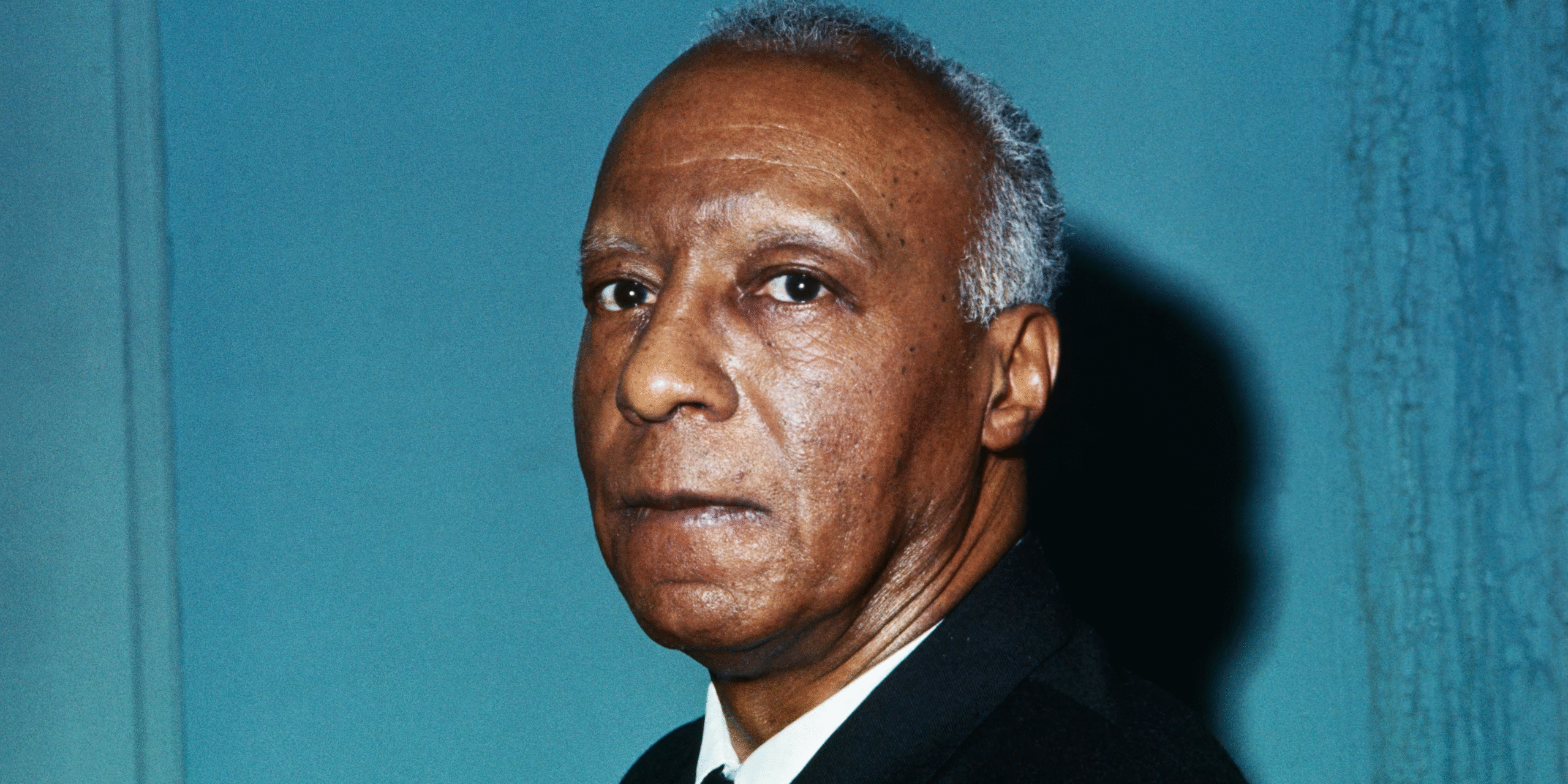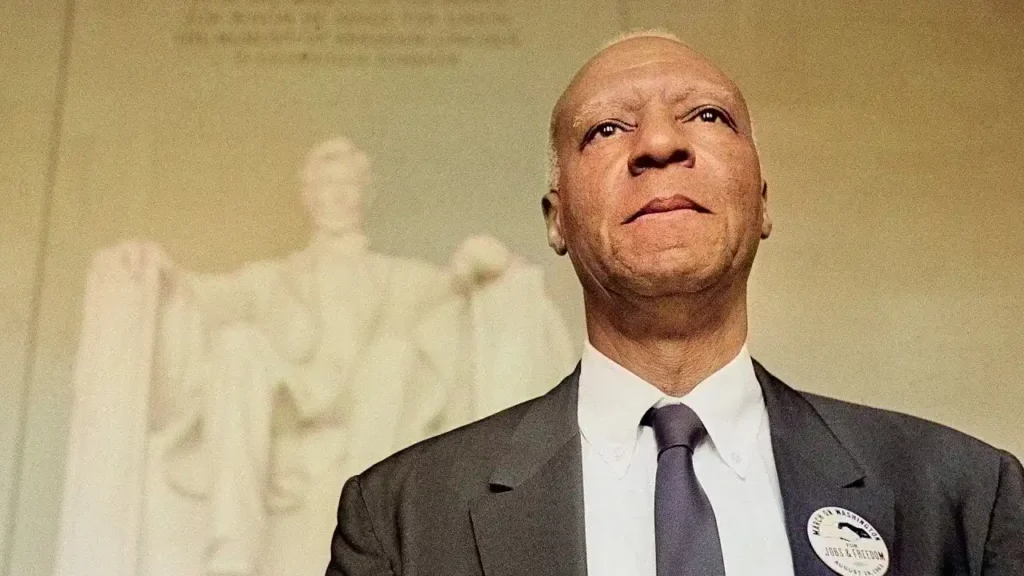Labor Day History: How A. Philip Randolph and Black Labor Unions Shaped America’s Workforce
Share

The first Monday in September is more than just the unofficial close of summer in the United States, it is a day set aside to honor the labor day and the workers whose contributions built the nation.
But for Black Americans, Labor Day also carries the weight of history, rooted in generations of struggle for dignity, fair wages, and equal opportunity in the workplace.
When Labor Day first emerged in the early 1880s, later becoming a federal holiday in 1894, formerly enslaved people were still navigating the uncertain terrain of freedom.
The Reconstruction Era was marked by systemic racial injustice, and the labor market reflected those inequalities. Black workers were often relegated to the hardest jobs, with the lowest pay and the fewest protections.
Among the leaders who refused to accept that reality was A. Philip Randolph. In 1925, Randolph launched the Brotherhood of Sleeping Car Porters (BSCP), one of the first major Black labor unions in the country.

It was a bold move against the Pullman Company, which had long exploited Black railway workers desperate for jobs. By 1935, the BSCP became the first Black-led labor organization officially recognized by the American Federation of Labor, representing some 18,000 workers nationwide.
Randolph’s impact stretched far beyond the railroads. A Florida native and Cookman Institute graduate, he was a member of Phi Beta Sigma Fraternity, Incorporated, and a visionary strategist in both labor and civil rights.
In 1941, he organized the March on Washington for Jobs and Freedom, forcing President Franklin D. Roosevelt to issue Executive Order 8802, which banned racial discrimination in the defense industry. His later pressure on President Harry Truman helped push through the 1948 executive order desegregating the U.S. military.

By the 1960s, Randolph’s reputation as a movement elder made him a natural choice to chair the 1963 March on Washington, where Dr. Martin Luther King Jr. delivered the iconic “I Have a Dream” speech. Randolph also co-founded the Negro American Labor Council, ensuring that the voices of Black workers were not silenced within the broader labor movement.
Randolph retired as president of the BSCP in 1968 but continued his advocacy through the A. Philip Randolph Institute, which still champions labor and civil rights issues today. He passed away on May 16, 1979, at the age of 90, leaving behind a legacy that still shapes Labor movement, and the fight for equality—in America.
This day, as Americans celebrate workers’ achievements, it is impossible to ignore the role of Randolph and the countless Black laborers whose determination reshaped both unions and civil rights.


















